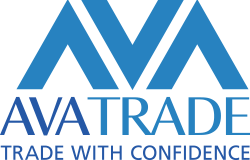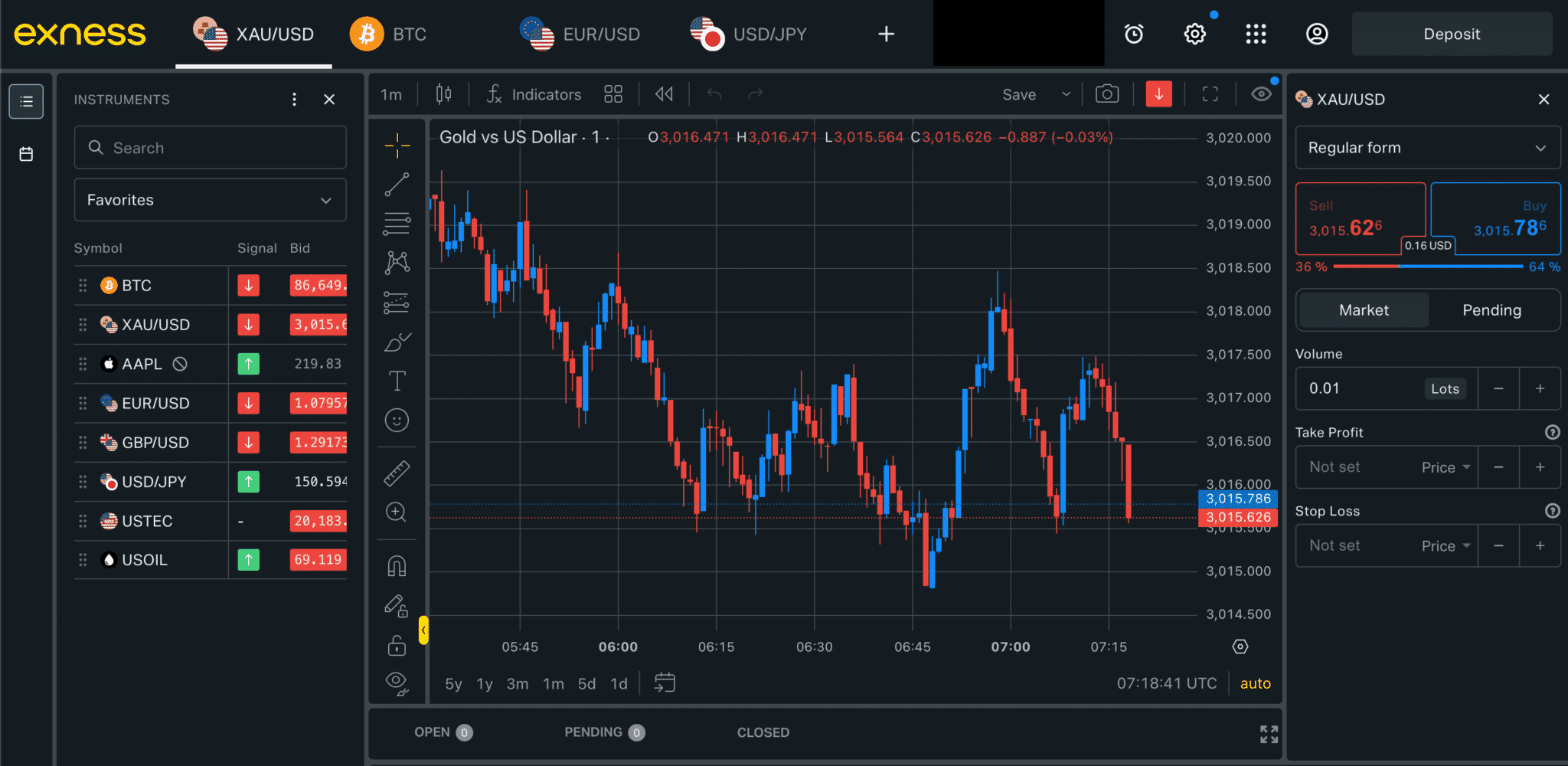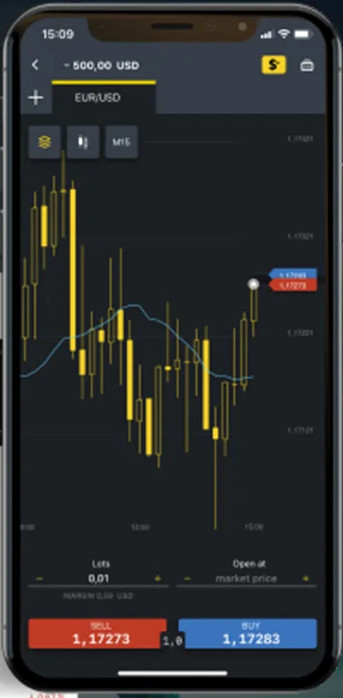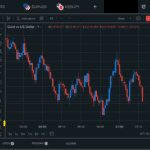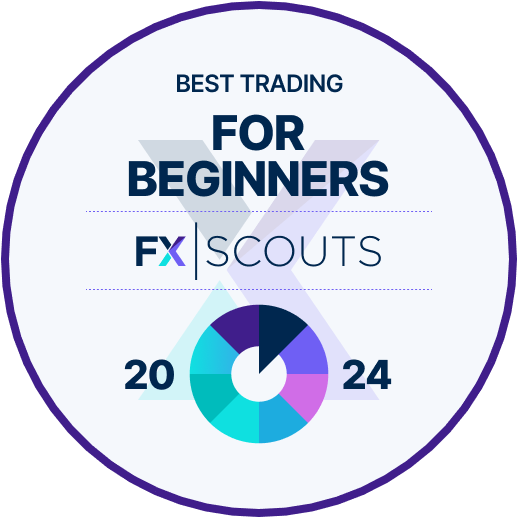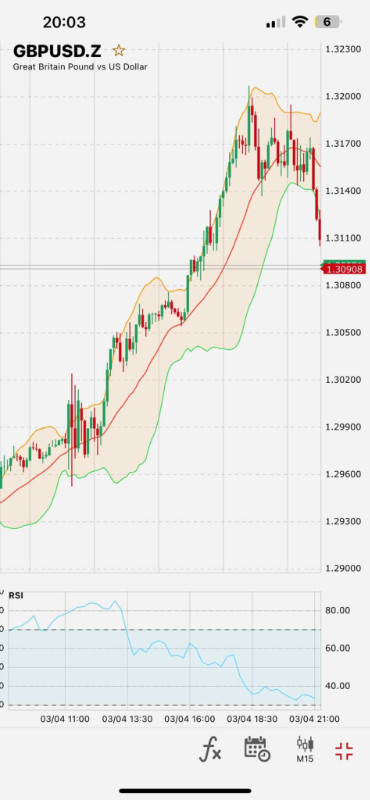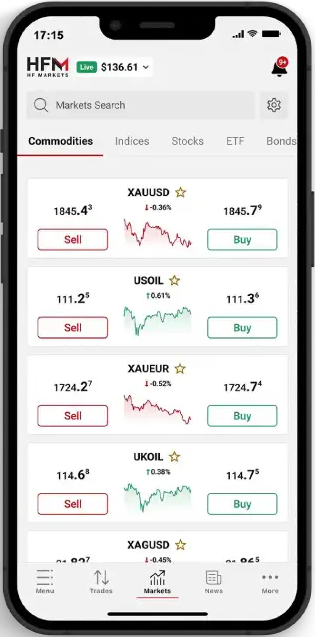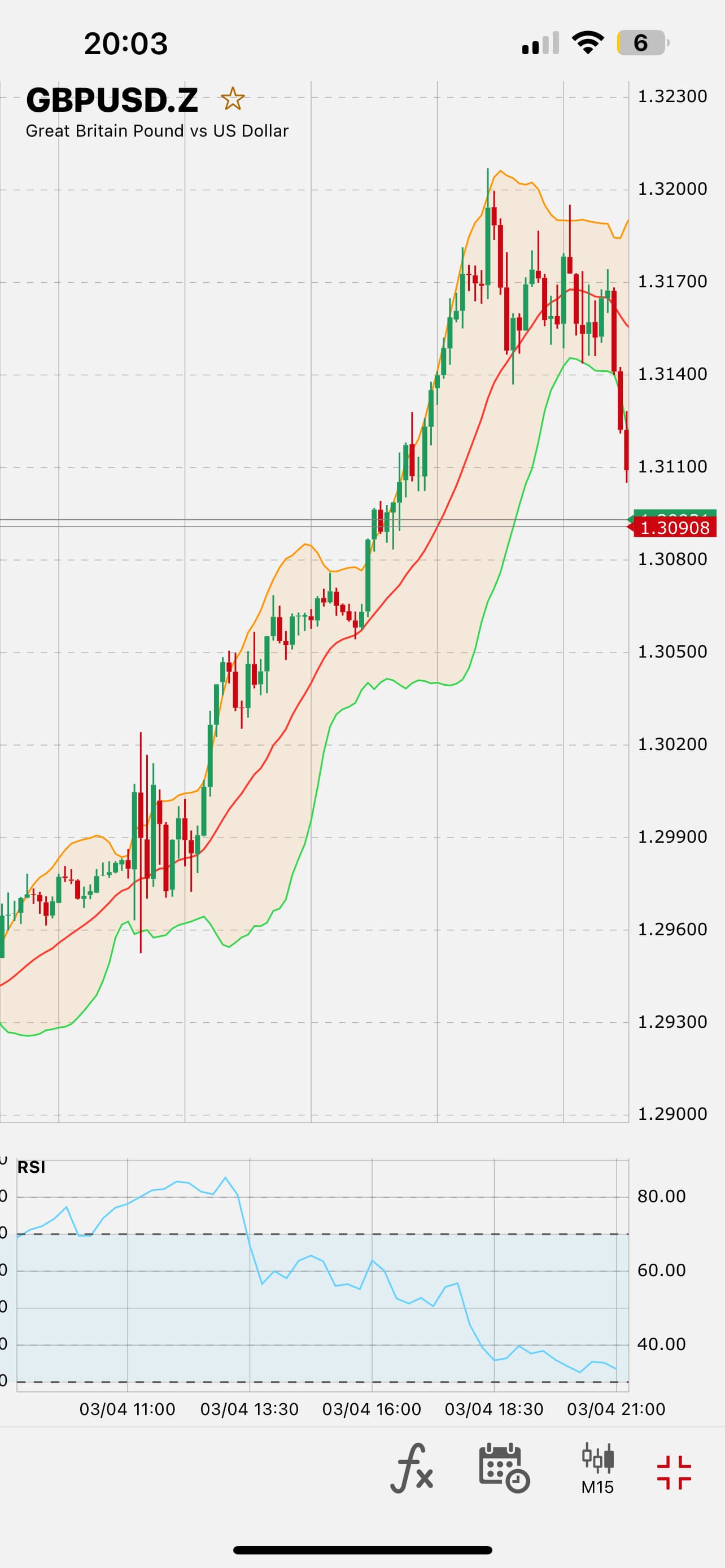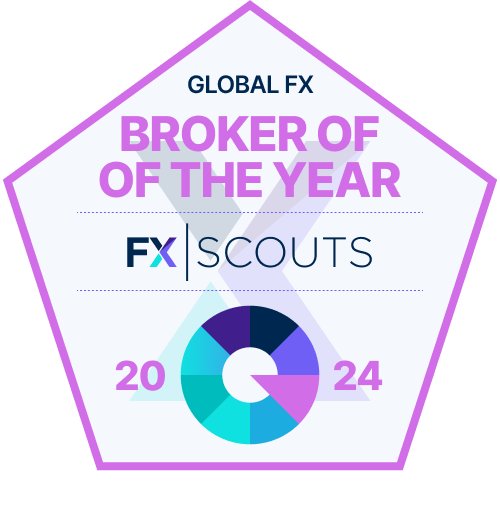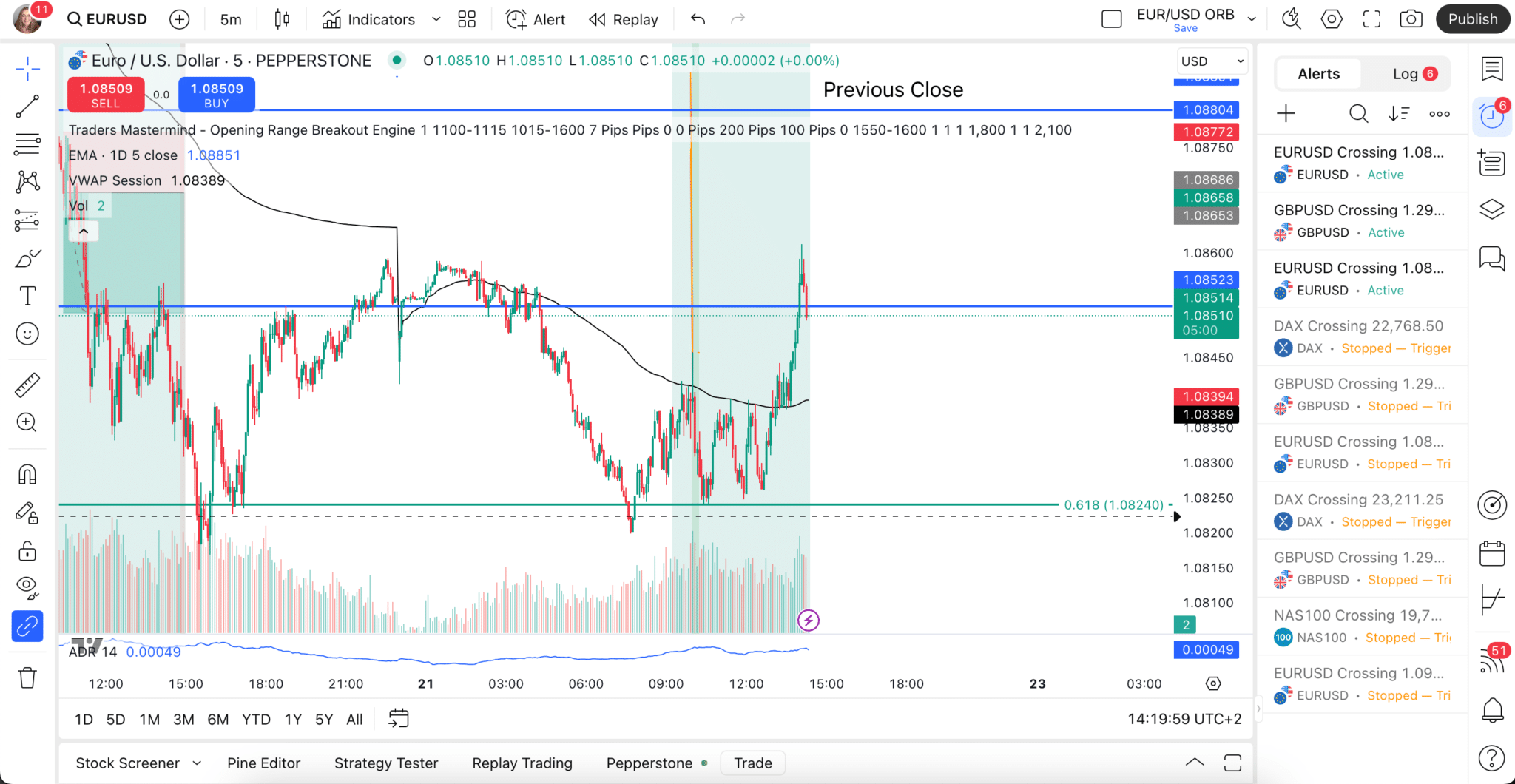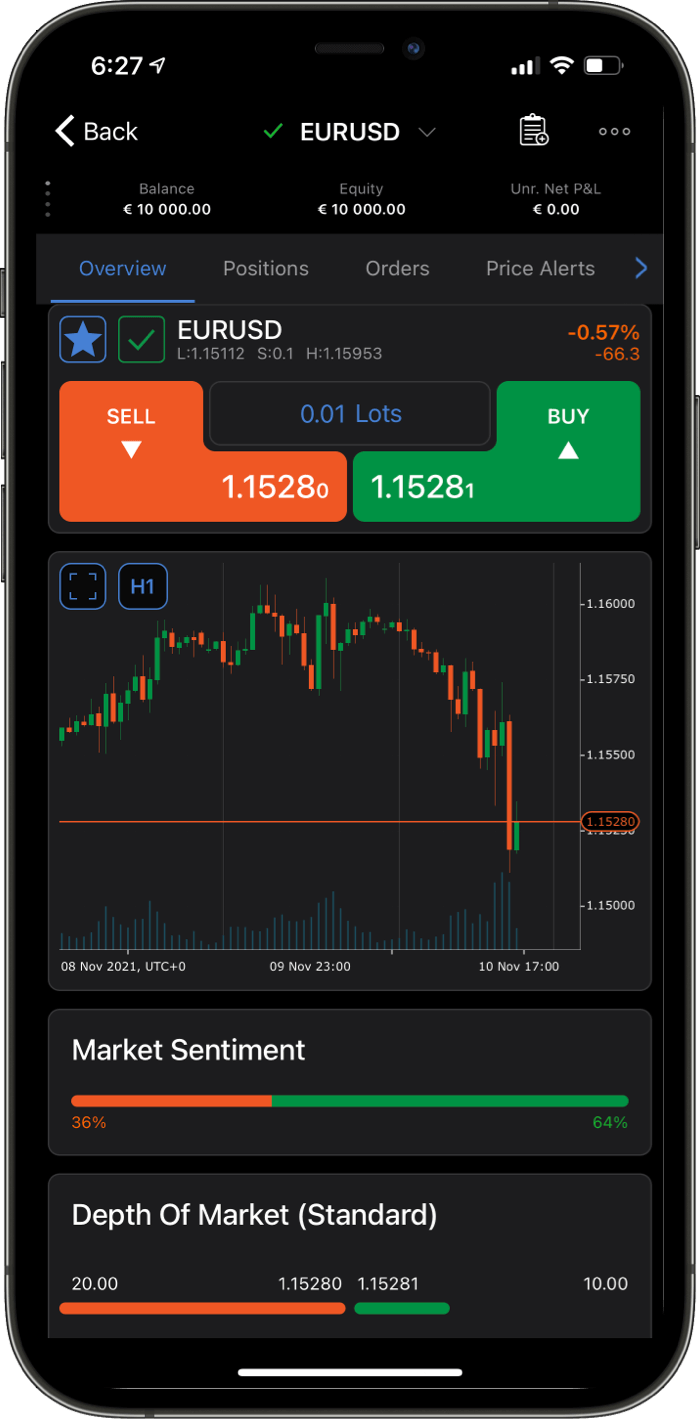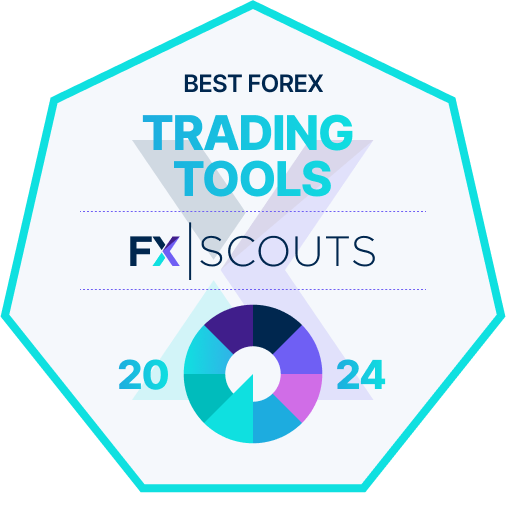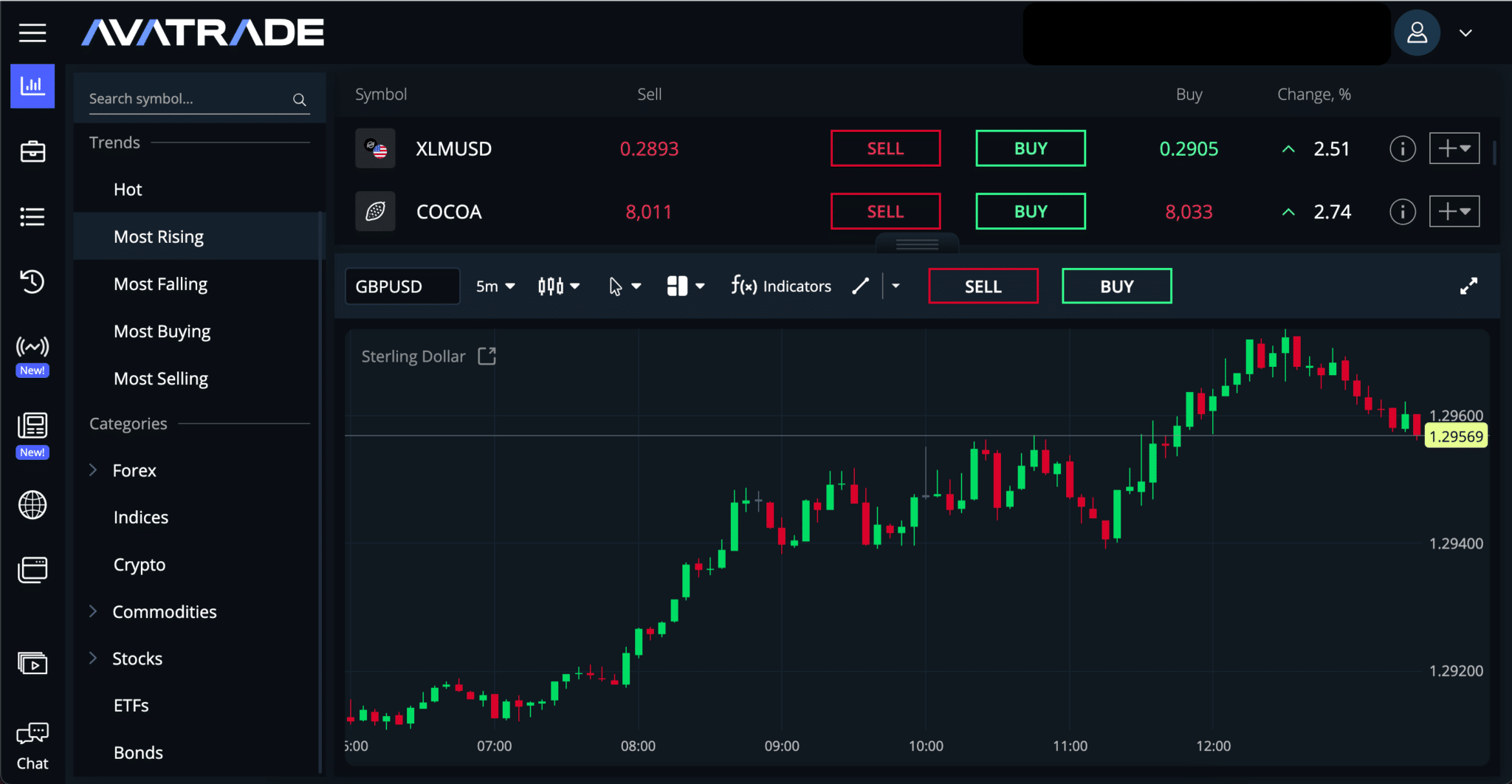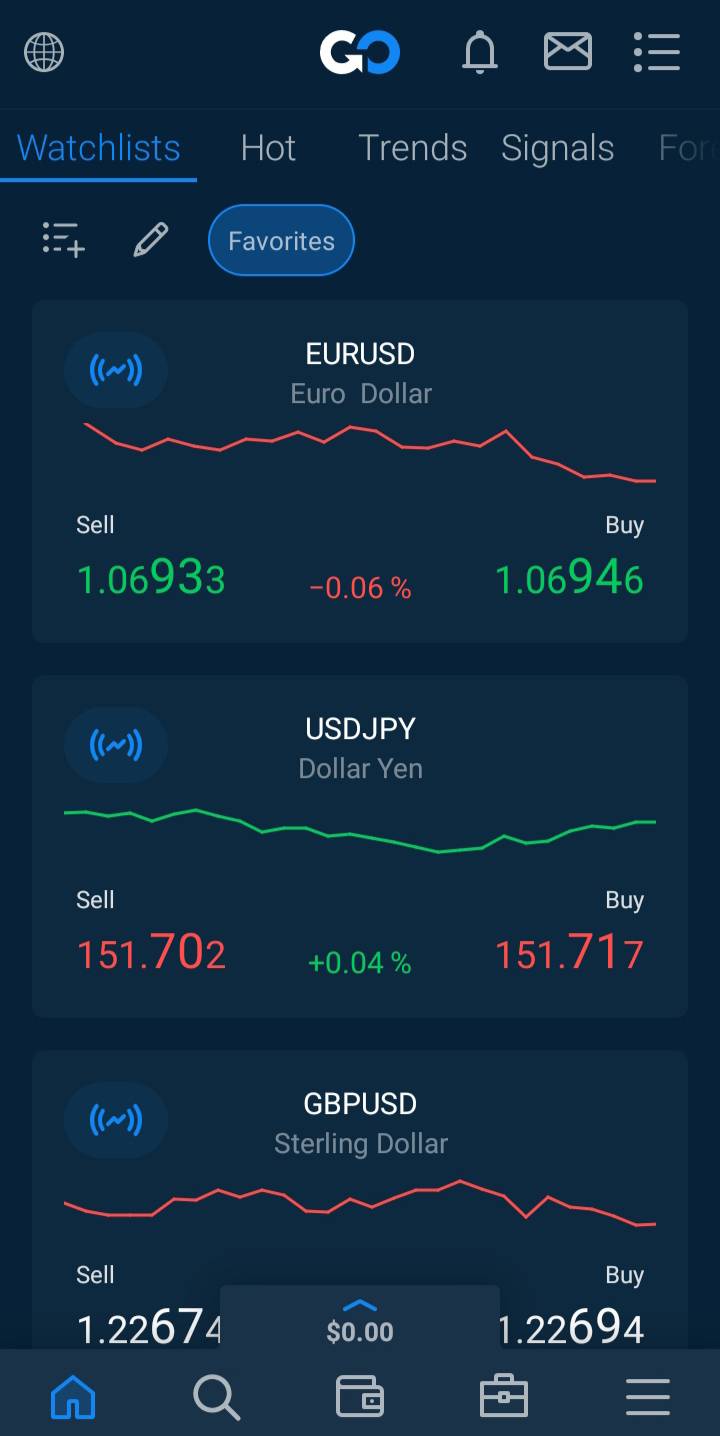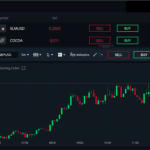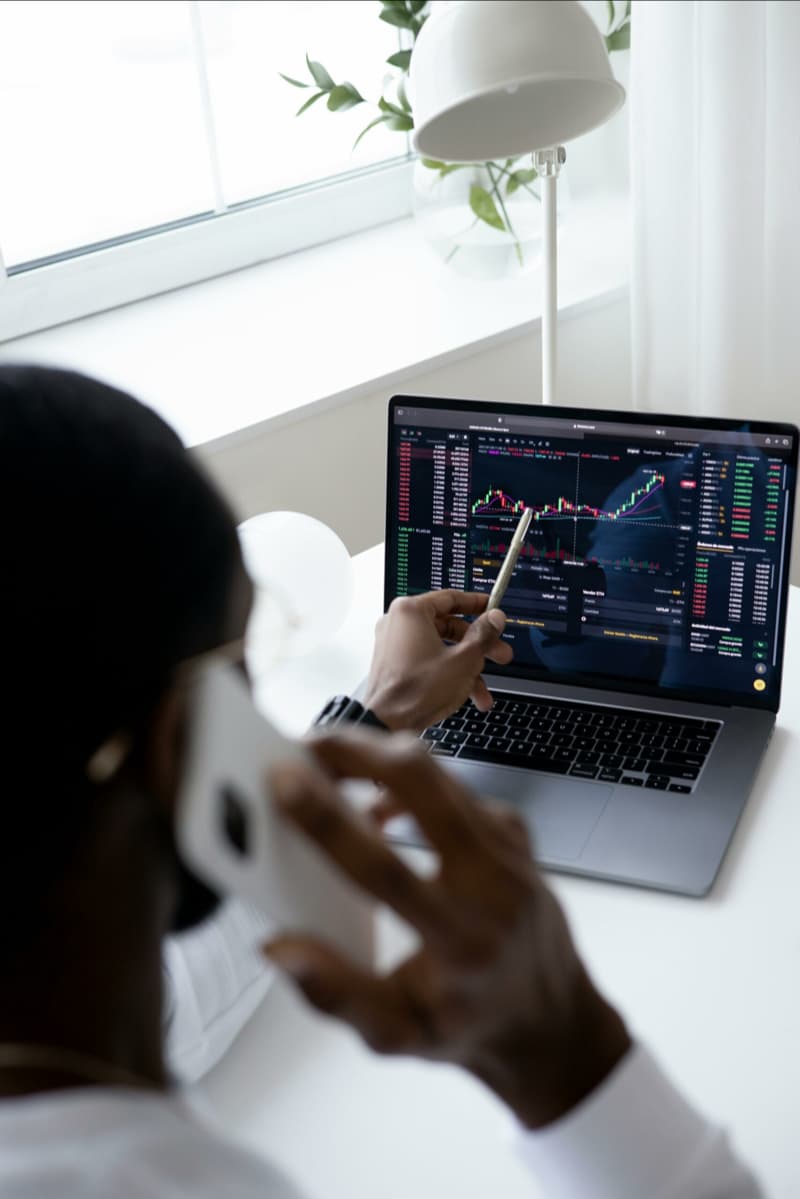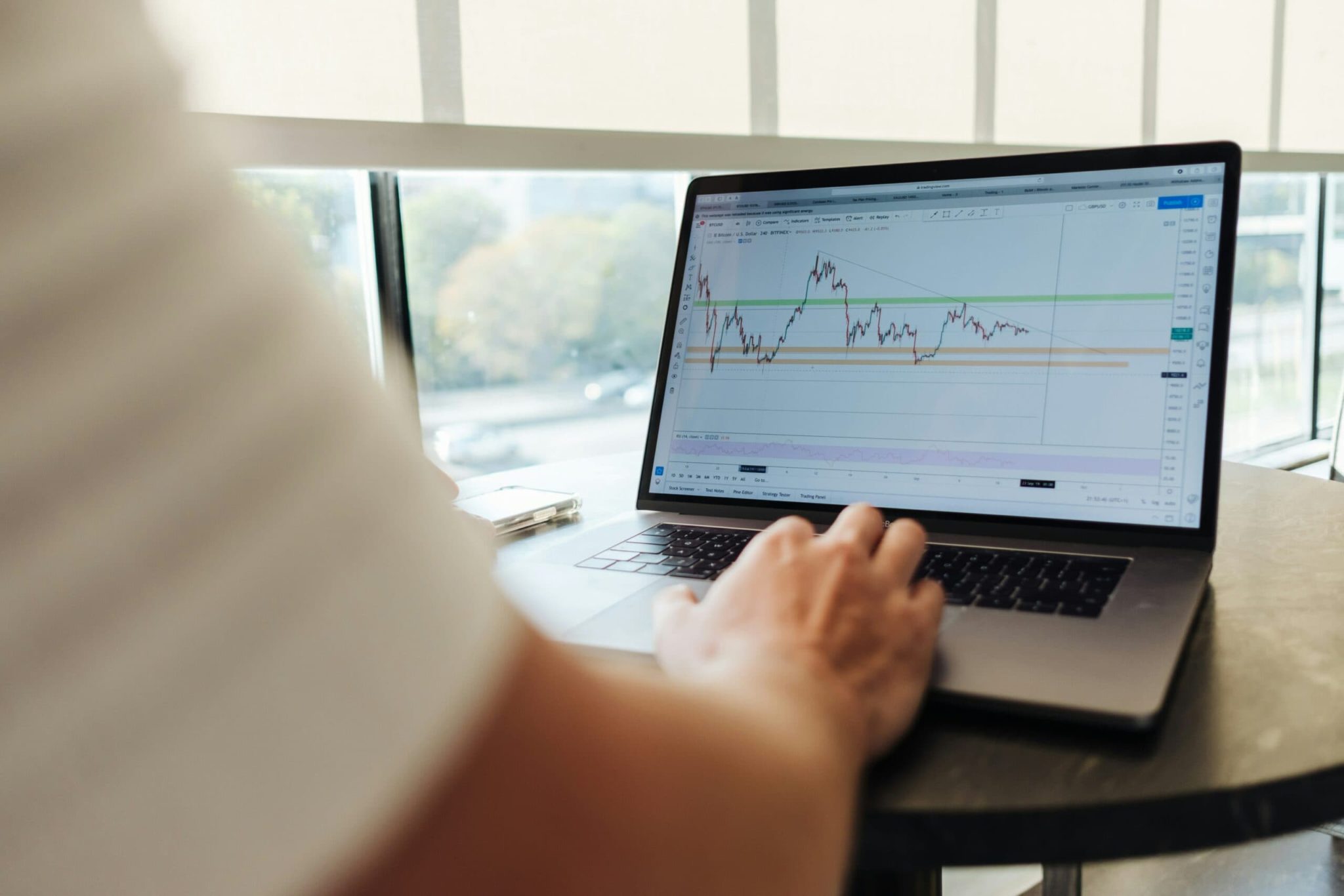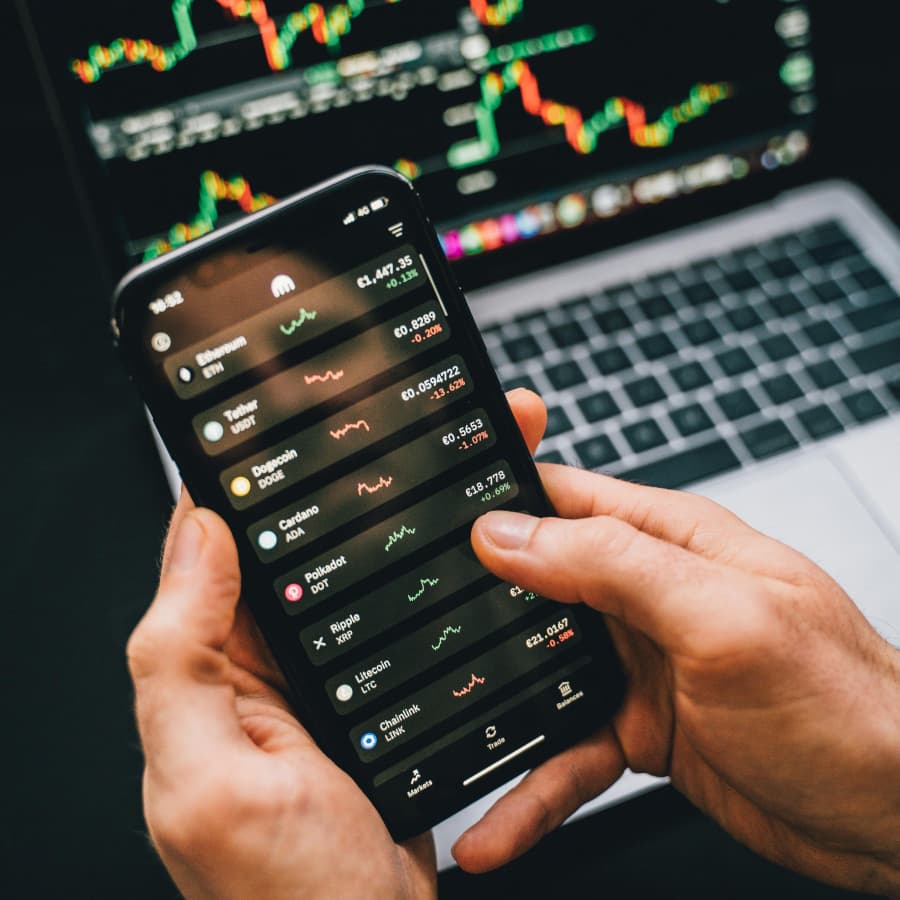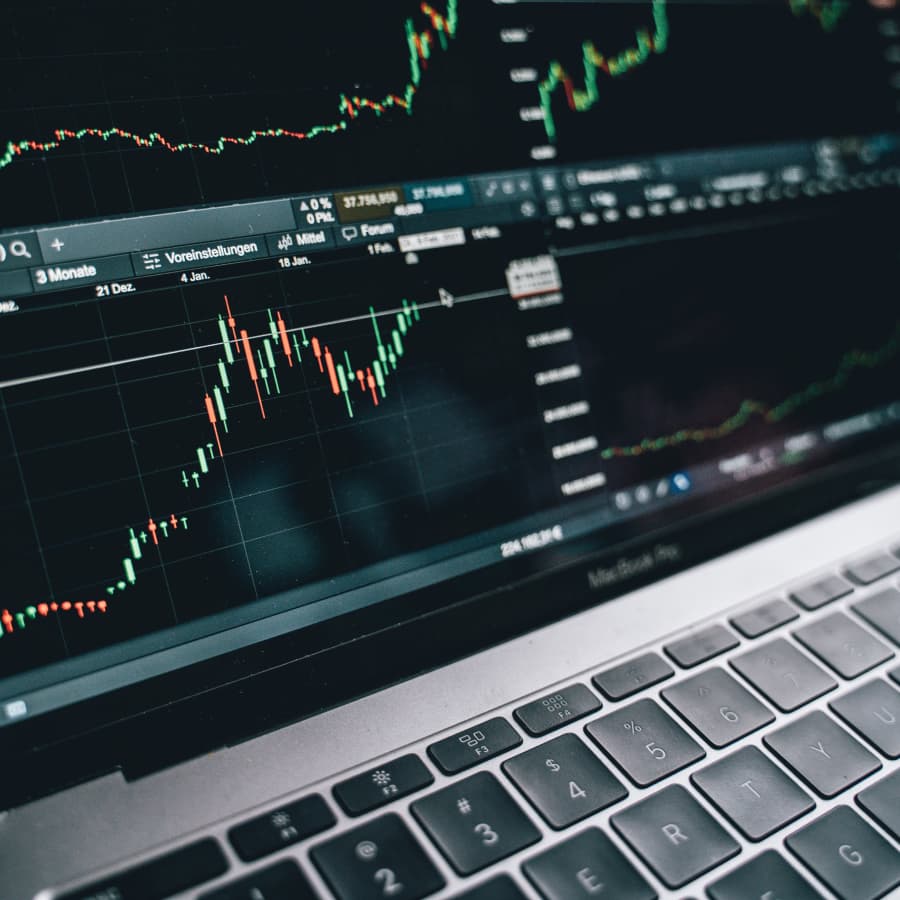What is margin?
Margin is the deposit or collateral the trader spends from their own account to access leverage from a broker. Margin is usually expressed as a percentage of the total trade size. The higher the leverage offered by your broker, the less margin (or capital) you will need. So, if you have US$10,000 and the margin is 3.33%, you can control US$300,000 worth of forex trades or three standard lots of US$100,000 each. This can also be expressed as using leverage of 1:30. If, however, you are a professional trader and have a margin of 0.2%, you can control US$5 million of forex (50 lots). This can also be expressed as using leverage of 1:500. Clearly, that gives a trader much greater potential in terms of generating profit.
What is over-leveraging?
Excessively high levels of leverage will materially damage your odds of success on any particular trade, according to the reputable broker IG Forex, due to the impact of transaction costs. “If you were to place trades randomly, without any particular insight or skill, and aim to take profits of the same size as your maximum stop-loss, you’d tend to win on 50% of trades and lose on 50% of trades”, the broker explains. “Transaction costs change this picture, representing a hurdle between you and a profitable trade. Another way of saying this is that costs shift the odds against you.”
IG says that at most levels of leverage this shift in odds is small. “However, when the leverage you use is so high that the margin supporting your trade is less than 10x to 20x your costs, your probability of losing begins to increase very rapidly. This is because costs eat away at the supporting margin, leading to a high probability of being closed out.
“This is easy to understand if you think about the most extreme case, where your supporting margin is exactly equal to your transaction costs on a trade. You’d place your trade, and the transaction costs would leave you with zero supporting margin for your position. This would lead to you being closed out immediately, with 100% probability, every single time – regardless of your trading strategy or how the market moves.”
What is negative balance protection?
Negative balance protection ensures that traders do not lose more than the balance of their account, even if the market moves quickly or “gaps” (i.e. jumps sharply higher or lower through various price points). Brokers in certain regulated markets, such as those regulated by ESMA or the FCA, are required to apply negative balance protection on a per-account basis. However, the rule does not apply to professional traders, who can still lose more than the balance of their account.
Negative balance protection applies if you trade leveraged products such as CFDs. Imagine you open an account with a deposit of US$1,000 and you enter a CFD forex trade with 10:1 leverage. In this case, you will have a position worth US$10,000. If there is market turbulence and your position suddenly drops 25%, you will suffer a US$2,500 loss, or 250% of your deposited money, due to the leverage. This means your US$1,000 balance won’t cover your losses and you would owe the broker US$1500 if they didn’t provide negative balance protection.
Unregulated offshore brokers are not required to offer negative balance protection. When combined with high levels of leverage, this means that traders could end up owing the broker very large sums of money.
What is the best leverage for a beginner forex trader?
You should choose the level of leverage that makes you most comfortable. If you are conservative and do not like taking many risks, or if you are still learning how to trade currencies, a lower level of leverage, like 5:1 or 10:1, might be more appropriate. Even seasoned professionals often use relatively low levels of leverage and focus on preserving their capital and earning consistent profits, rather than maxing out the leverage they are allowed on every trade.
Why do intermediate and professional traders seek higher leverage?
When managed properly, leverage allows forex traders to earn money from very small movements in currencies. Currencies only tend to hit the headlines when they are subject to dramatic rises and falls, yet for most of the time currencies move in very small trading bands. These low levels of volatility mean that, on a typical day, traders would have to commit very large levels of capital to earn a reasonable income from trading forex.





